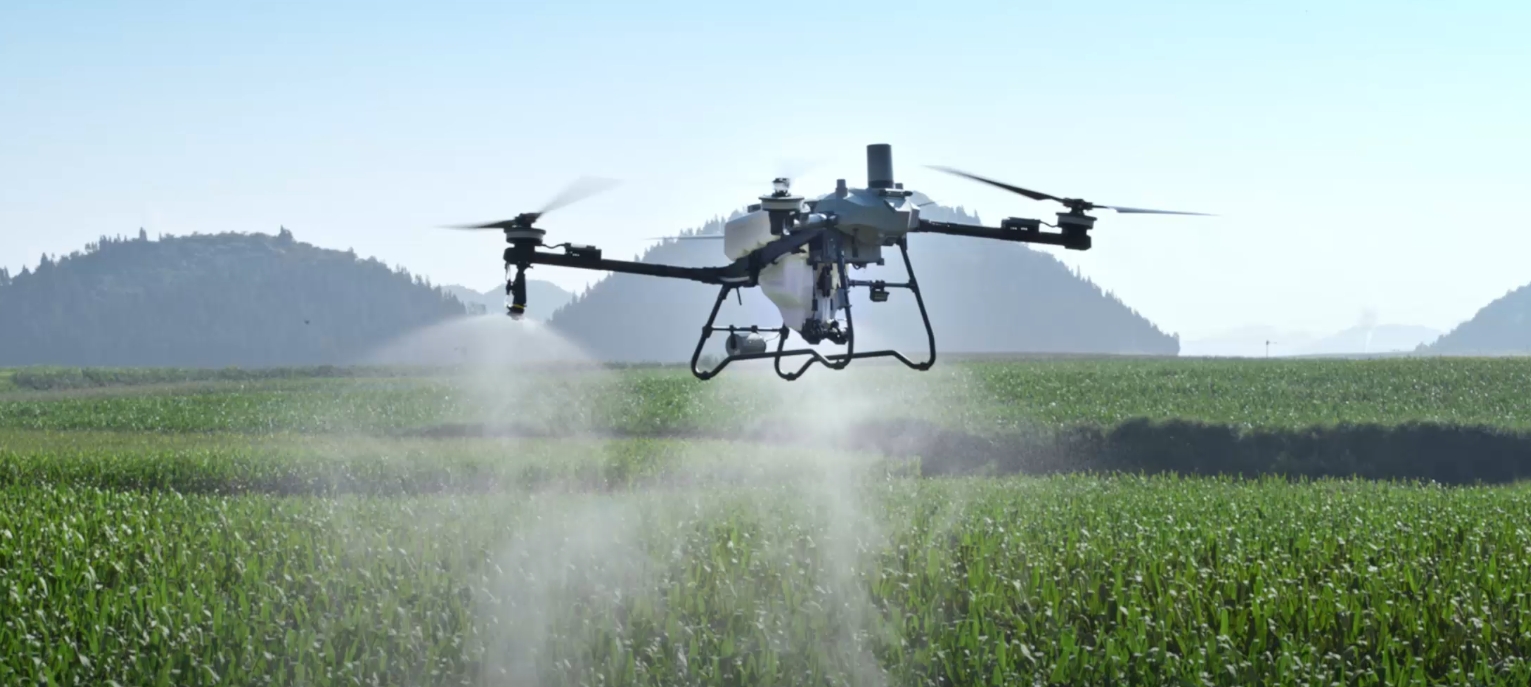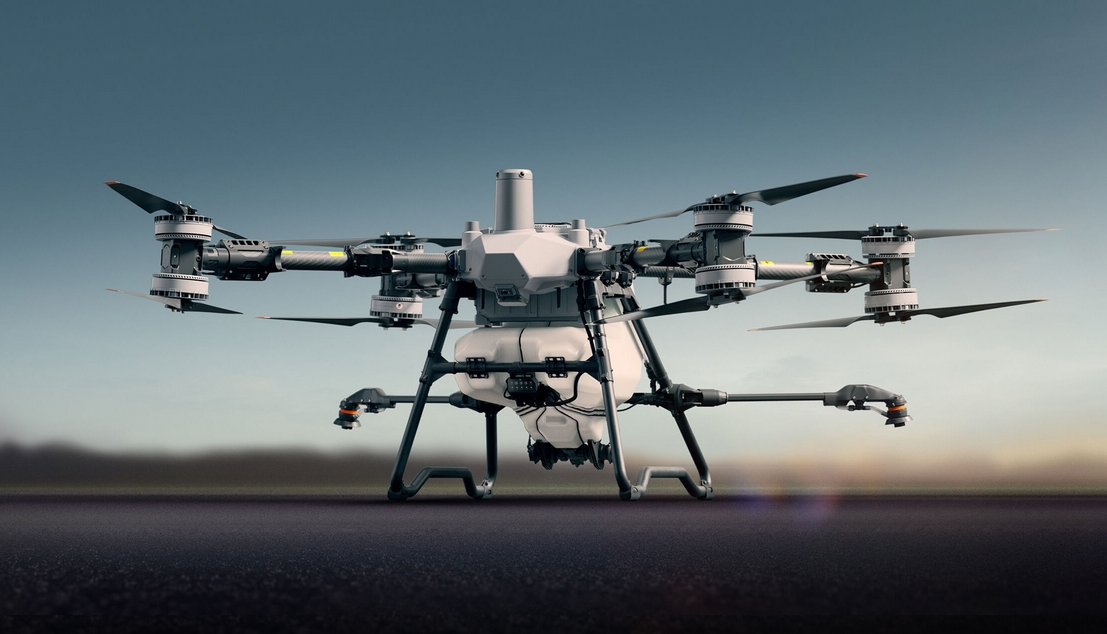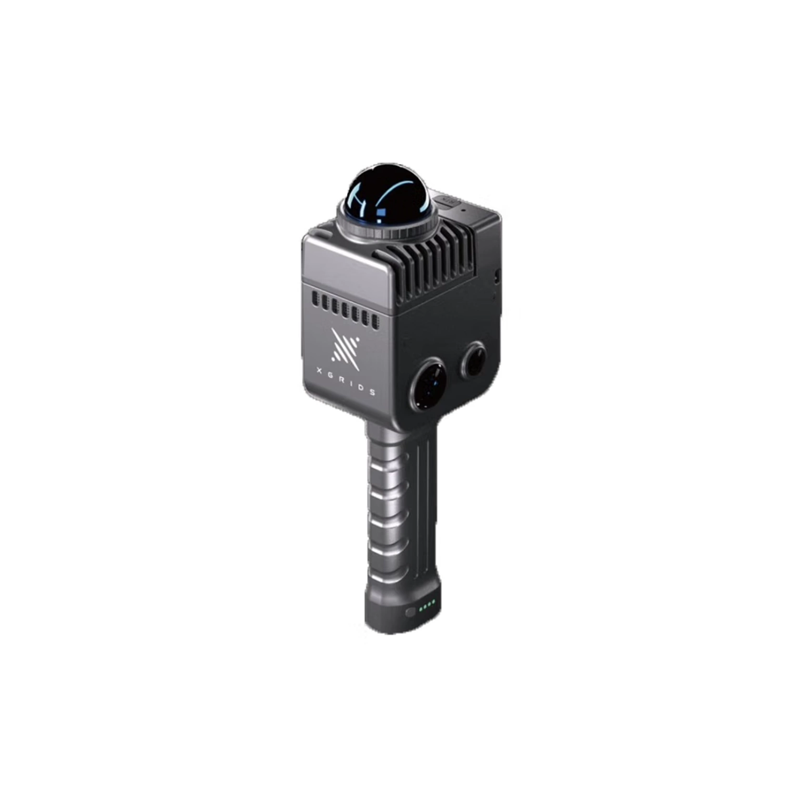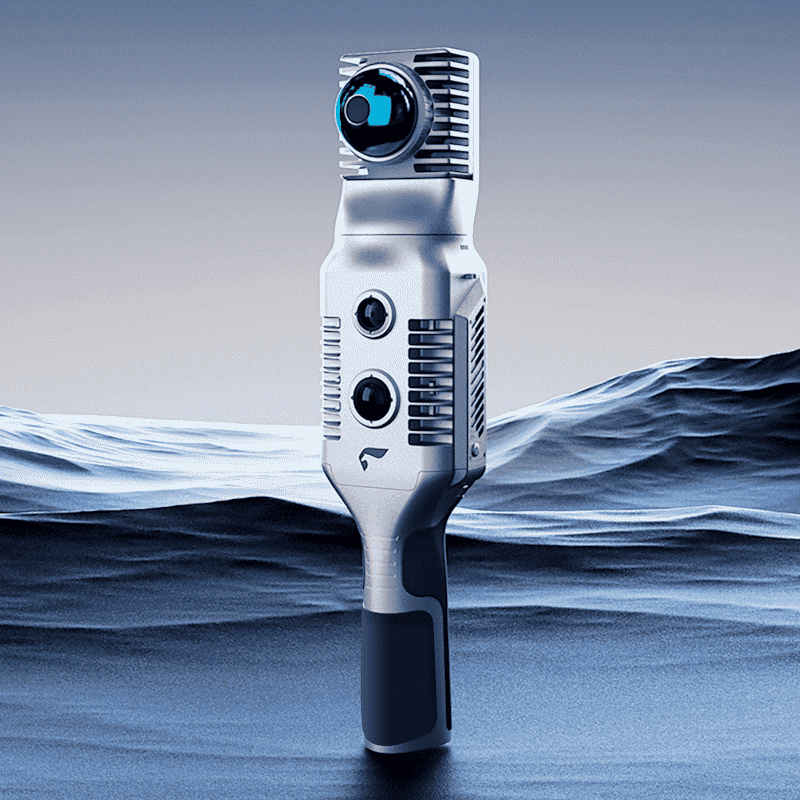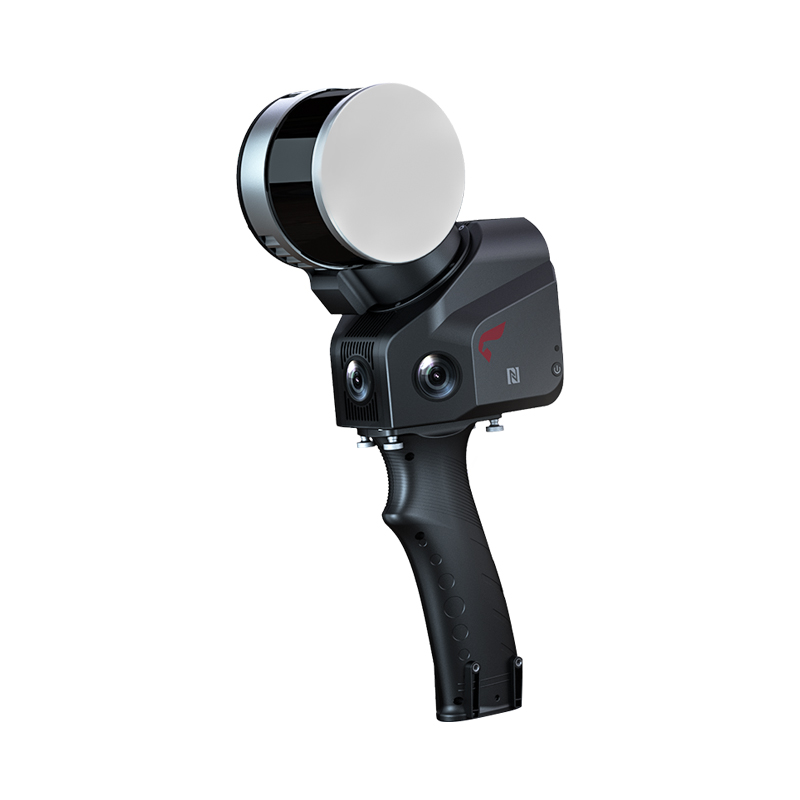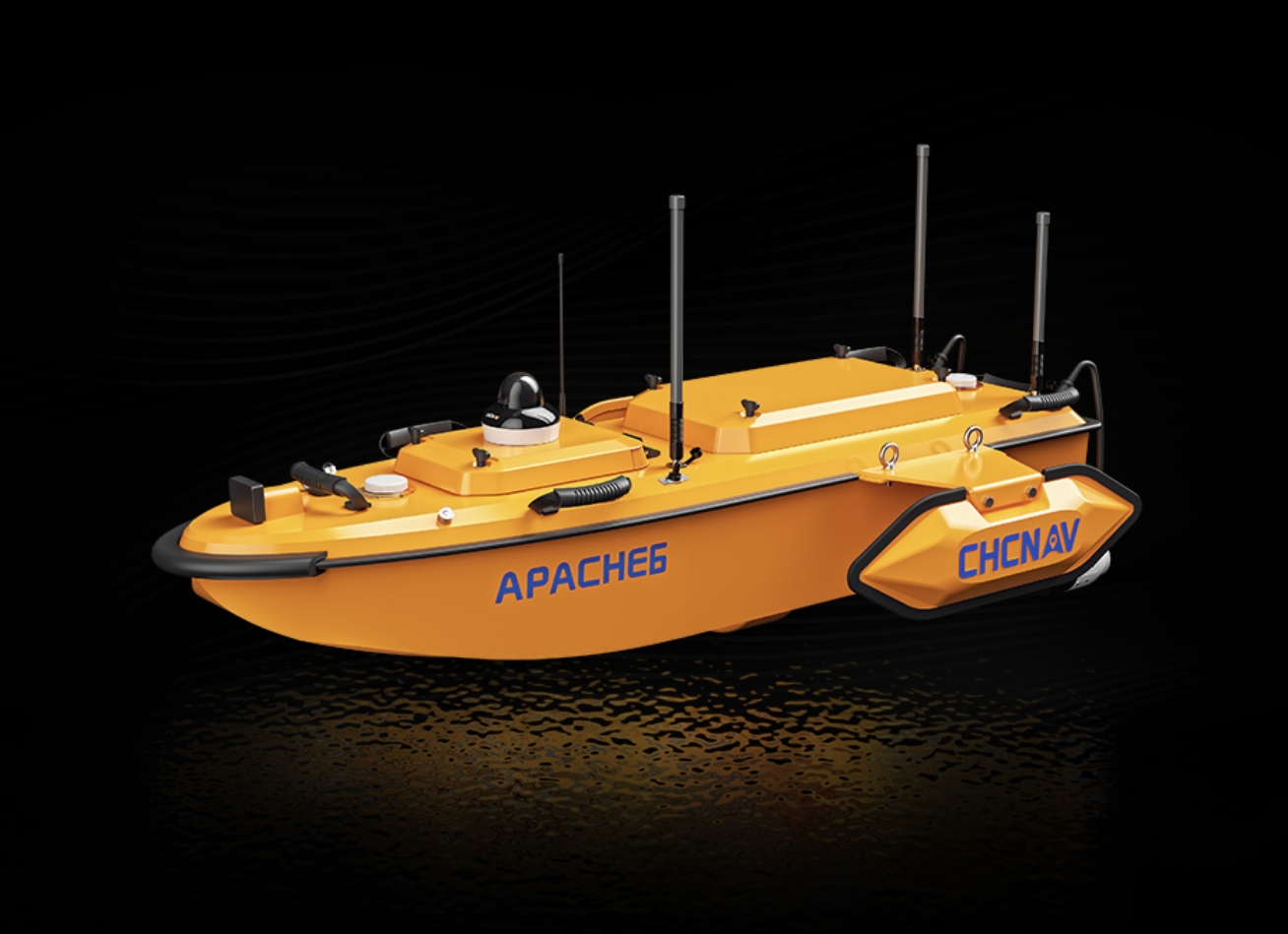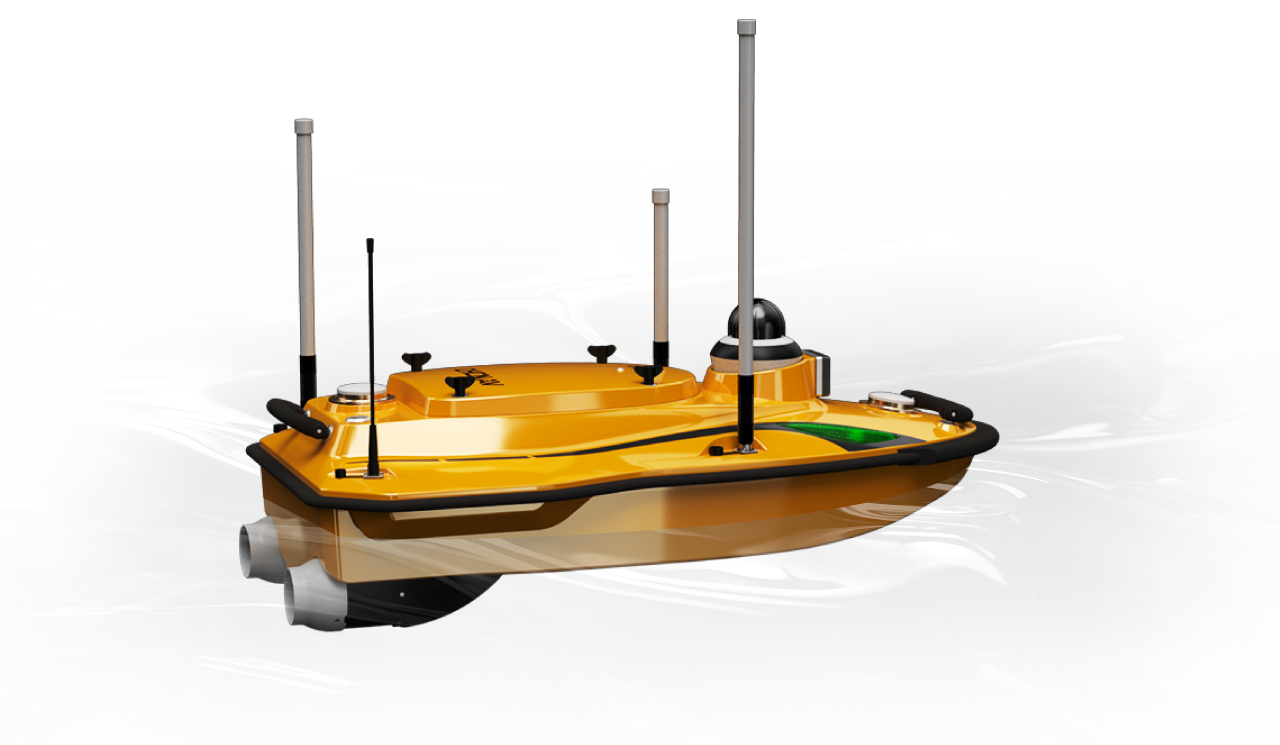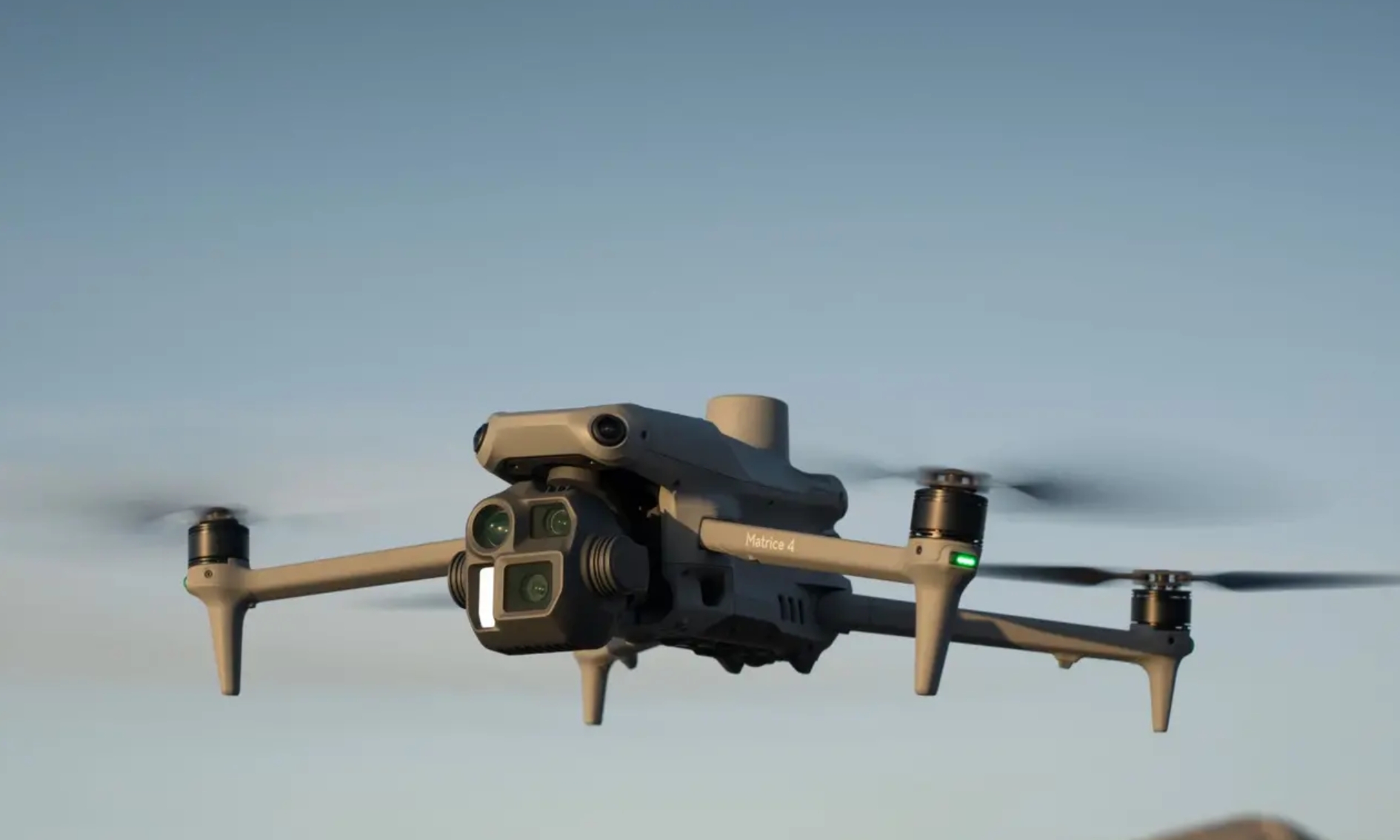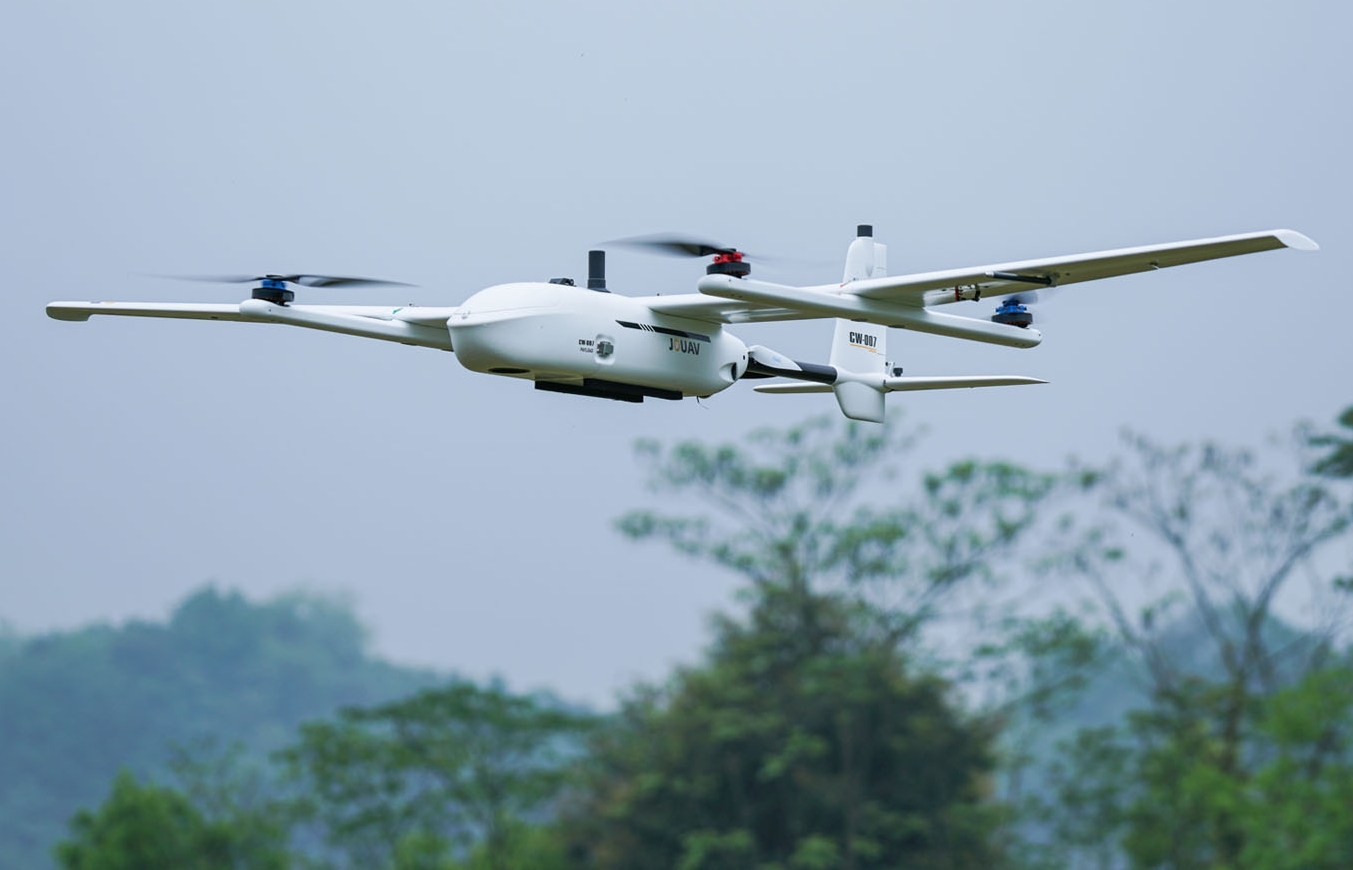The Future Of The Surveying And Mapping Industry Is Full Of Infinite Possibilities And Changes
The future of the mapping industry is full of endless possibilities and changes that will profoundly affect how we collect, process and apply geospatial information. The following are some prospects for the future of the surveying and mapping industry:
Deep integration and innovation of technology: With the continuous development of artificial intelligence, big data, cloud computing, Internet of Things and other technologies, the surveying and mapping industry will usher in the deep integration of technology. AI algorithm will further enhance the automation and intelligence level of data processing, big data analysis will help to tap the deep value of geospatial information, cloud computing will realize the rapid sharing and efficient processing of surveying and mapping data, and the Internet of things technology will further expand the collection scope of surveying and mapping data, making the surveying and mapping work more comprehensive and real-time.

High precision and real-time: the future mapping technology will pursue higher precision and real-time. With the continuous progress of satellite navigation technology, such as the upgrading of Beidou, GPS and other systems, as well as the wide application of ground enhancement systems, the accuracy of surveying and mapping will be further improved. At the same time, the combination of real-time dynamic differential technology (RTK) and inertial navigation system will enable surveying and mapping operations to obtain high-precision position information in real time to meet the needs of more time-sensitive application scenarios.
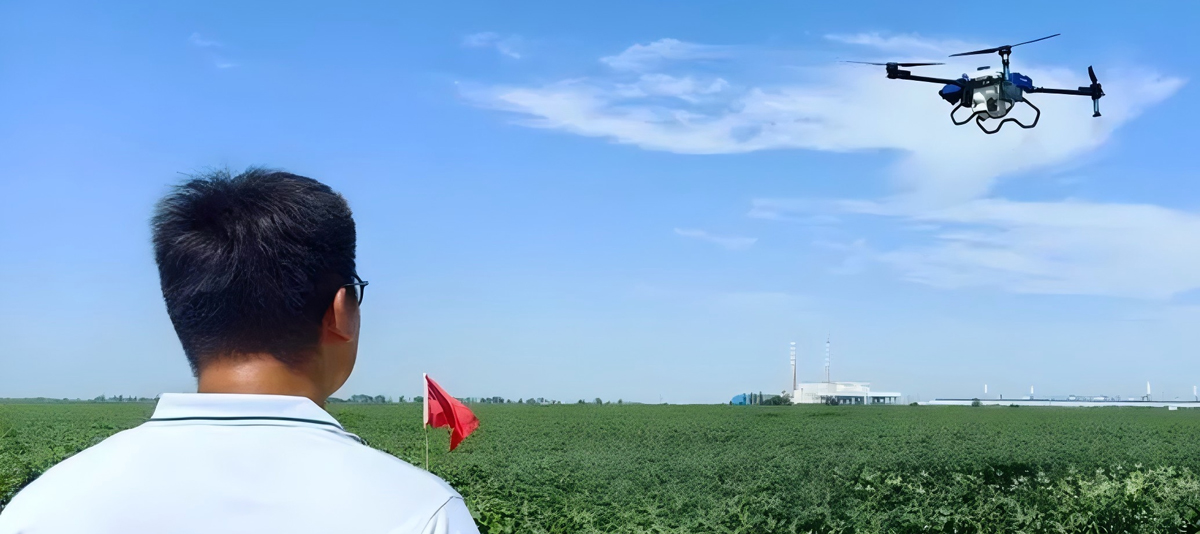
Three-dimensional mapping and geographic information visualization: three-dimensional mapping technology will become the mainstream, through drones, laser radar (LiDAR), tilt photography and other technical means, can efficiently obtain the three-dimensional model of the ground, for urban planning, architectural design, geological exploration and other fields to provide more intuitive and comprehensive information support. At the same time, the development of geographic information visualization technology will enable complex geospatial data to be presented to decision makers and the public in a more intuitive and understandable way.
Intelligent surveying and mapping equipment: The future surveying and mapping equipment will be more intelligent, integrate more sensors and intelligent algorithms, and be able to independently complete complex surveying and mapping tasks. For example, intelligent robots can perform high-precision measurements in harsh environments, drones can carry multiple sensors for multi-task surveying and mapping operations, and smart wearable devices can help surveyors obtain their own location and surrounding environment information in real time.
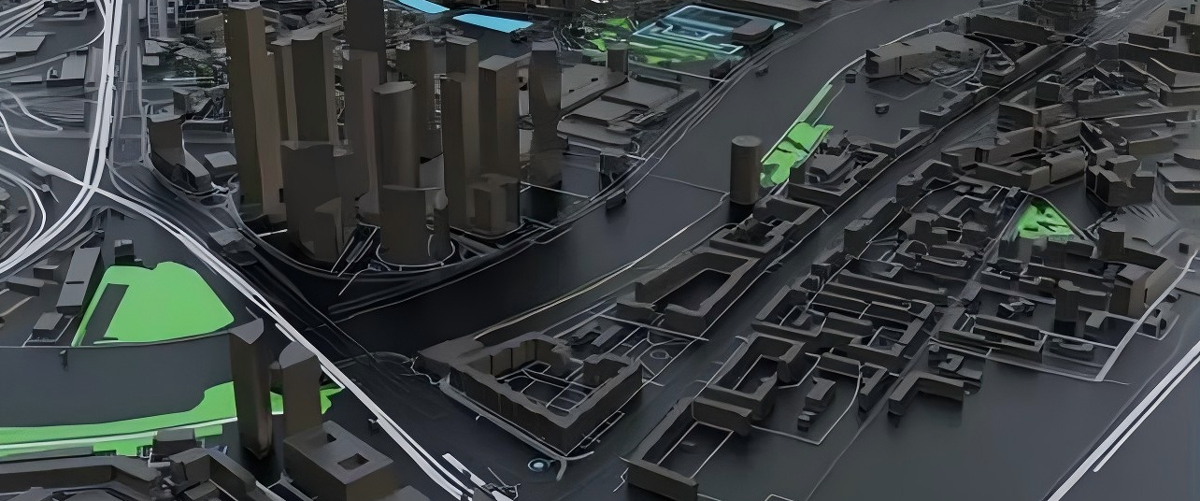
Data sharing and standardization: With the continuous accumulation of surveying and mapping data and the increase of application requirements, data sharing and standardization will become an important trend. By establishing a unified surveying and mapping data standard and sharing platform, cross-domain and cross-industry sharing of surveying and mapping data can be realized, and the effective use of data resources and the maximization of value can be promoted. At the same time, this will also promote the standardization and standardization of the surveying and mapping industry.
Environmental protection and sustainable development: the surveying and mapping industry will play an important role in promoting green and sustainable development. By monitoring surface changes, assessing the quality of the ecological environment, and planning the use of natural resources, it provides a scientific basis for environmental protection and sustainable development. At the same time, mapping technology will continue to optimize their own energy consumption and emissions, to achieve green mapping.

In short, the future of the surveying and mapping industry will be an era of continuous technological innovation, continuous expansion of applications, and continuous accumulation of data. With the continuous advancement of technology and the continuous expansion of application scenarios, the surveying and mapping industry will play an important role in more fields and provide strong support for economic and social development.

